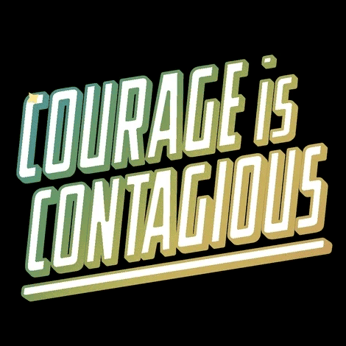There are two questions which still dominate child welfare discussions:
1. What can I do to keep bad things from happening?
2. Who will be blamed when bad things happen?
These questions keep child welfare in forensics, figuring out who did what to whom, when, and how so that blame can be determined and punishment assessed. And because child welfare workers can and are held liable when children are harmed, removals occur “just to be safe.” But, safe for who? Safe for the workers and safe for the system, as far away from liability, blame, and litigation as possible. The system is designed to prioritize its own safety, not the safety of children and families.

So, if this is a systems challenge and not an individual challenge, what can be done?
Make courage micro shifts in your mind from blame to curiosity, from certainty to openness, from blame to collaboration. If you are a leader, model the fact that it is okay, expected, even necessary to not know the answer. If you only ever come to the table with all the answers, you make no space for the wisdom of others. Leave room for development and growth. Share risk. Say the thing; ask the question. Interrogate your own thinking. Have each other’s back. Face uncertainty alongside your colleagues with enoughness and hope, connecting with humanity to the children and families you aim to keep safe. Do what LOVE would do.
Click HERE to join the conversation online.